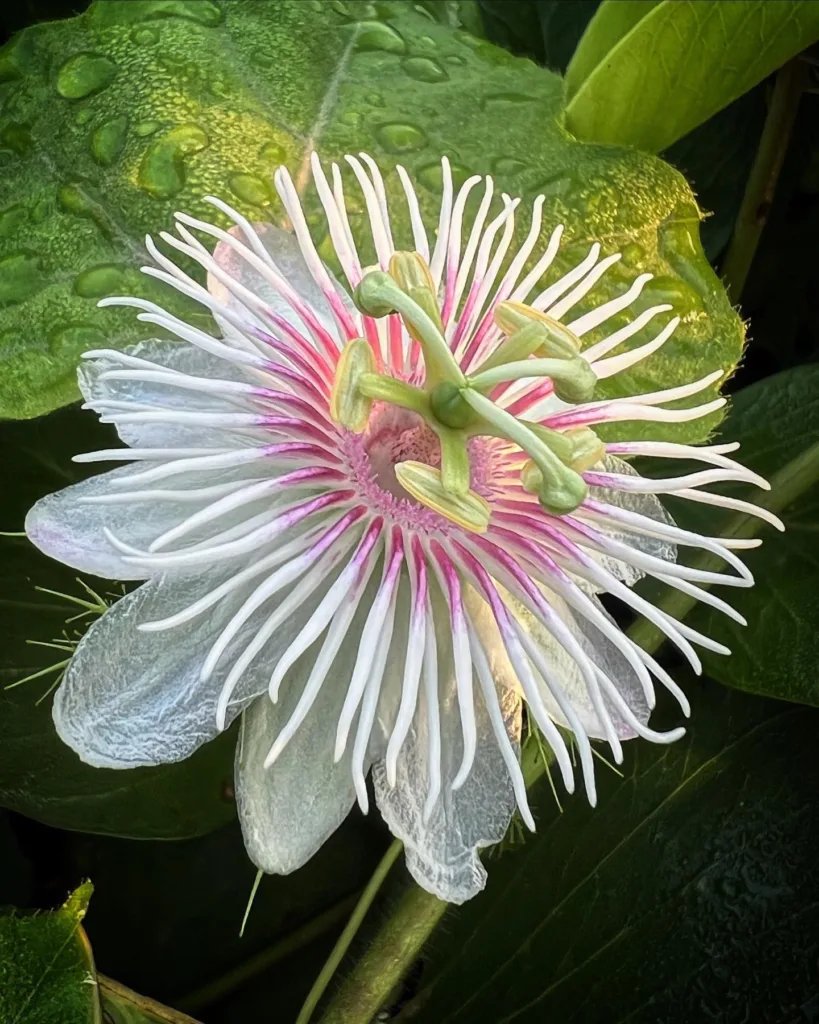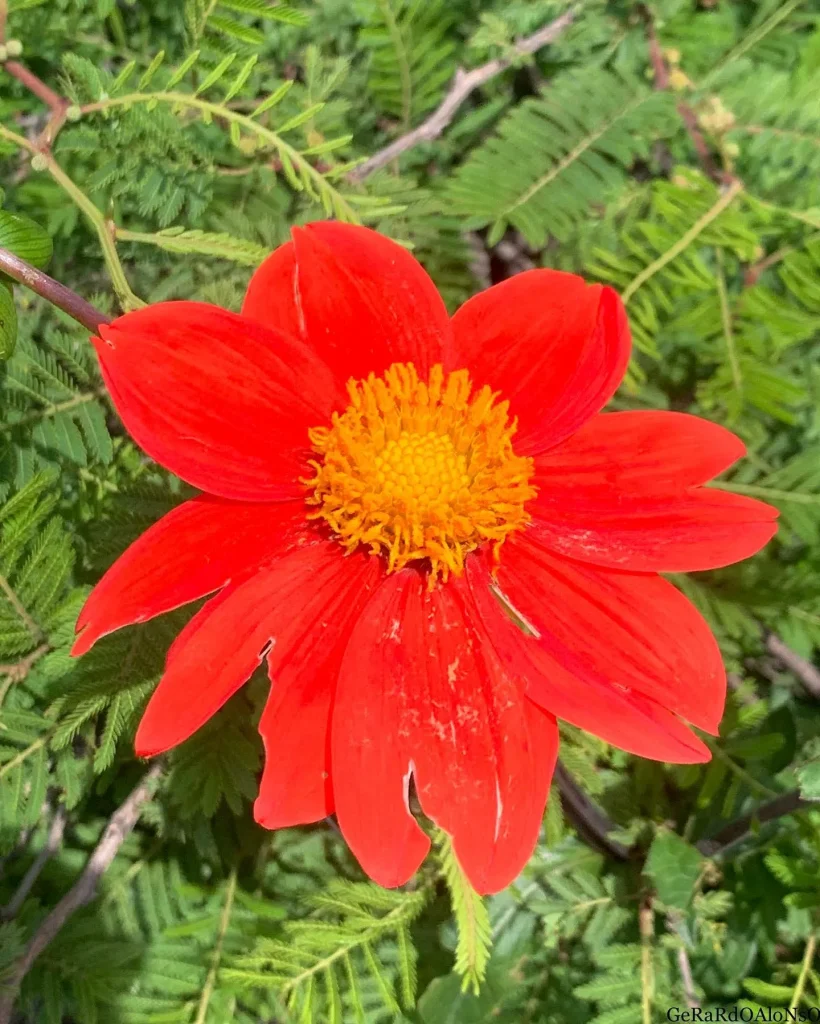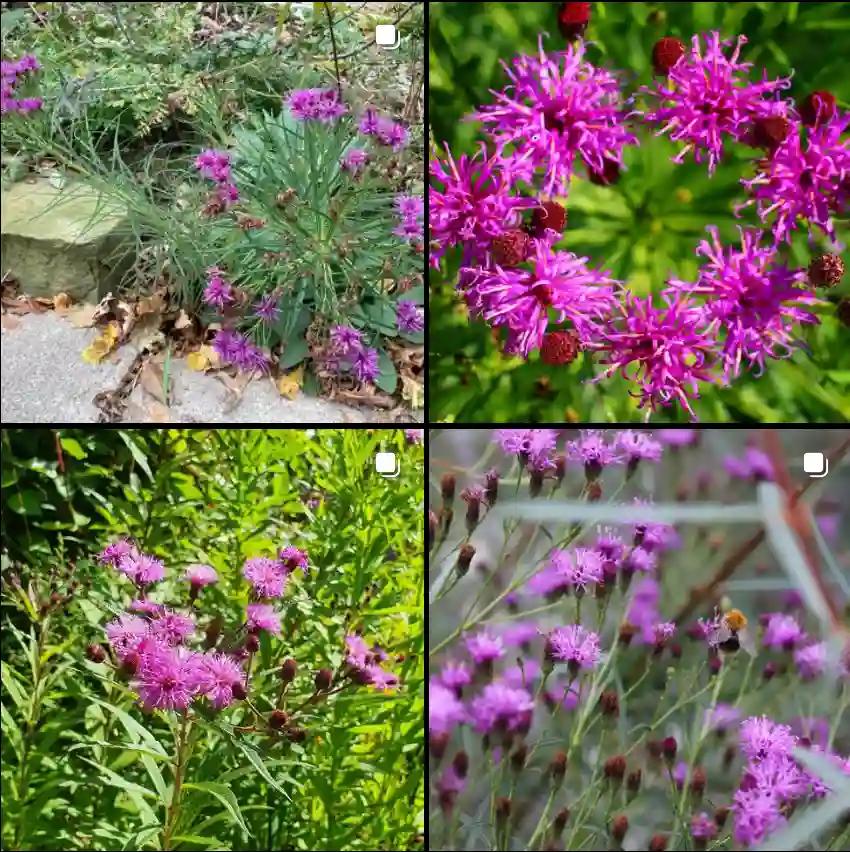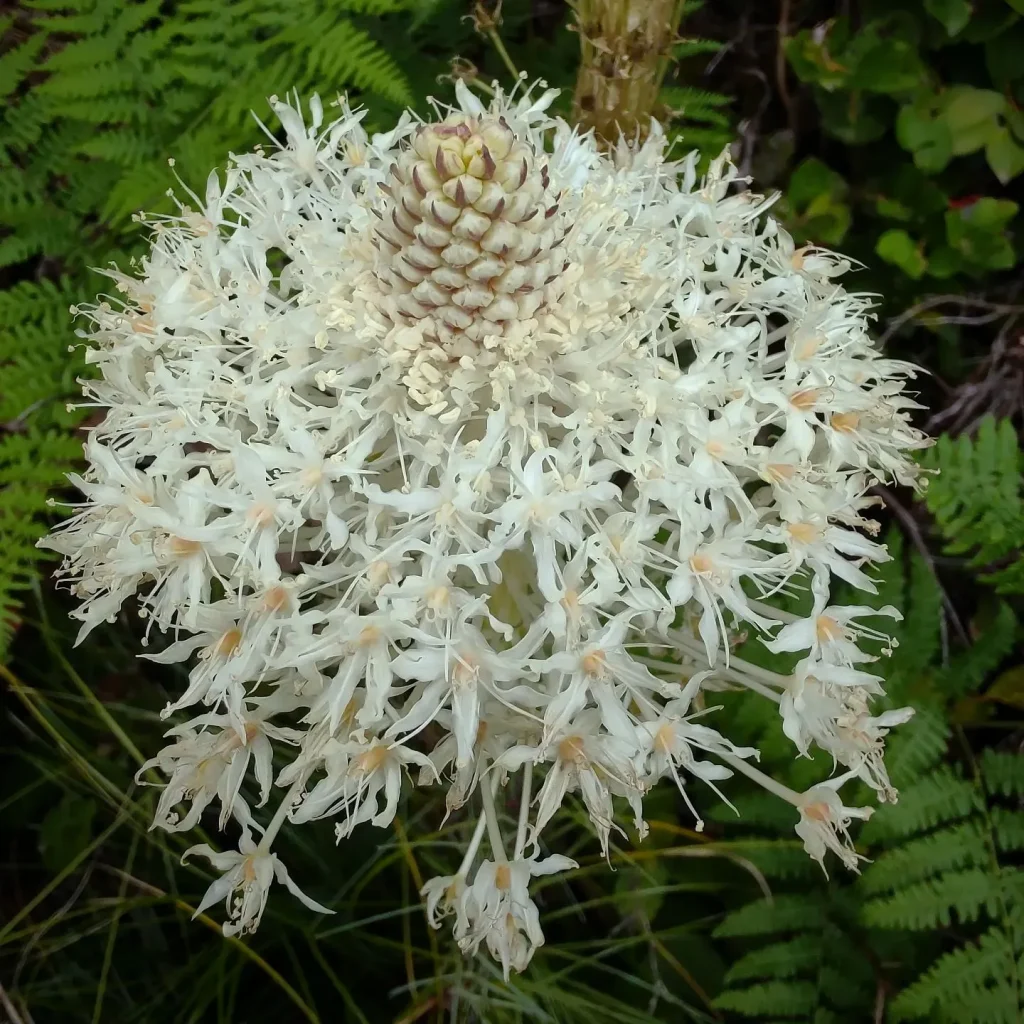A Journey into the World of Urticaceae: My Personal Exploration
As a passionate botanist, I’ve always been fascinated by the diversity and intricacies of the plant kingdom. One family that has recently captured my attention is Urticaceae, commonly known as the nettle family. This fascinating group of plants encompasses a wide range of species with unique characteristics and ecological roles. Join me as I delve into the captivating world of Urticaceae and share some of the remarkable genera that make up this family.
The Urticaceae Family: An Overview
The Urticaceae family is a large and diverse group of flowering plants that comprises around 59 genera and over 2,600 species. These plants are distributed worldwide and can be found in a variety of habitats, from tropical rainforests to temperate woodlands. Urticaceae plants are typically herbaceous, meaning they lack woody stems, but some species can grow into shrubs or even small trees.
One of the most distinctive features of Urticaceae plants is the presence of stinging hairs on their leaves and stems. These hairs contain irritating chemicals, such as histamine and formic acid, which can cause a painful stinging sensation when touched. While this may seem like a deterrent, these stinging hairs actually serve as a defense mechanism against herbivores, protecting the plants from being eaten.
Remarkable Genera of the Urticaceae Family
The Urticaceae family encompasses a wide array of fascinating genera, each with its unique characteristics and ecological significance. Let’s explore some of the most noteworthy members of this family.
Urtica (Nettles)
Perhaps the most well-known genus within the Urticaceae family is Urtica, commonly referred to as nettles. These plants are notorious for their stinging hairs, which can cause a painful rash upon contact. However, nettles also have a long history of medicinal and culinary uses. They are rich in vitamins, minerals, and antioxidants, and their leaves can be cooked and eaten like spinach. Nettles have also been used traditionally to treat a variety of ailments, including arthritis, allergies, and urinary tract infections.
Pilea
Pilea is another prominent genus within the Urticaceae family. These plants are popular houseplants due to their attractive foliage and ease of care. Many Pilea species have striking leaf patterns and textures, ranging from silvery-green to deep purple. Some popular Pilea species include Pilea cadierei (Aluminum Plant), Pilea involucrata (Friendship Plant), and Pilea microphylla (Artillery Plant).
Elatostema
Elatostema is a genus of Urticaceae plants that is primarily found in tropical and subtropical regions. These plants are often epiphytic, meaning they grow on other plants for support, but some species can also be terrestrial. Elatostema plants are known for their diverse leaf shapes and sizes, and some species have beautiful, colorful flowers.
Boehmeria (Ramie)
Boehmeria is a genus of Urticaceae plants that includes several economically important species. One of the most notable is Boehmeria nivea, commonly known as ramie. This plant is cultivated for its strong, lustrous fibers, which are used to make textiles, ropes, and paper. Ramie fibers are known for their durability, moisture-wicking properties, and resistance to mildew and insects.
Other Genera
In addition to the genera mentioned above, the Urticaceae family also includes several other fascinating members.
- Achudemia Blume
- Archiboehmeria C.J.Chen
- Astrothalamus C.B.Rob.
- Australina Gaudich.
- Capsulea Yong Wang
- Cecropia Loefl. – 63 Species in Genus Cecropia
- Chamabainia Wight
- Coussapoa Aubl.
- Cypholophus Wedd.
- Debregeasia Gaudich.
- Dendrocnide Miq.
- Didymodoxa E.Mey. ex Wedd.
- Discocnide Chew
- Droguetia Gaudich.
- Elatostematoides C.B.Rob.
- Forsskaolea L.
- Gesnouinia Gaudich.
- Gibbsia Rendle
- Girardinia Gaudich.
- Gonostegia Turcz.
- Gyrotaenia Griseb.
- Hemistylus Benth.
- Hesperocnide Torr.
- Laportea Gaudich.
- Lecanthus Wedd.
- Leucosyke Zoll. & Moritzi
- Maoutia Wedd.
- Metapilea W.T.Wang
- Metatrophis F.Br.
- Musanga C.Sm. ex R.Br.
- Myrianthus P.Beauv.
- Myriocarpa Benth.
- Nanocnide Blume
- Neodistemon Babu & A.N.Henry
- Neraudia Gaudich.
- Nothocnide Blume
- Obetia Gaudich.
- Oreocnide Miq.
- Parietaria L.
- Parsana Parsa & Maleki
- Pellionia Gaudich.
- Petelotiella Gagnep.
- Phenax Wedd.
- Pipturus Wedd.
- Poikilospermum Zipp. ex Miq.
- Pourouma Aubl.
- Pouzolzia Gaudich.
- Procris Comm. ex Juss.
- Rousselia Gaudich.
- Sarcochlamys Gaudich.
- Scepocarpus Wedd.
- Soleirolia Gaudich.
- Touchardia Gaudich.
- Urera Gaudich.
- Zhengyia T.Deng, D.G.Zhang & H.Sun
Each of these genera plays a unique role in the ecosystem and contributes to the overall biodiversity of the plant kingdom.
Conclusion
The Urticaceae family is a captivating group of plants with a rich history and diverse range of species. From the stinging nettles to the ornamental Pilea, each genus within this family has its own unique characteristics and ecological significance. As I continue my exploration of the plant kingdom, I’m excited to learn more about the fascinating world of Urticaceae and the many wonders it holds. I encourage you to join me on this journey and discover the beauty and complexity of this remarkable family.
If i die, water my plants!



